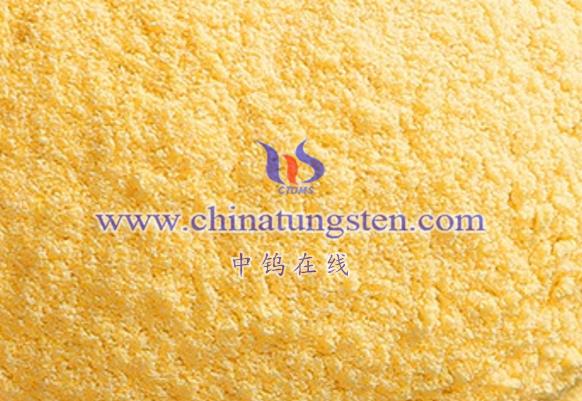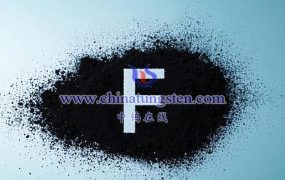The structural dimensions of tungsten oxide (WO₃) can be categorized based on the morphology of its nanomaterials. These dimensions include the following:
- Zero-Dimensional (0D) Structures
Nano Spheres:
- WO₃ in the form of zero-dimensional nanospheres has a large specific surface area.
- This structure allows more interaction with organic pollutants, resulting in high degradation efficiency.
- One-Dimensional (1D) Structures
Nano Fibers and Nano Tubes:
- These 1D structures feature short diffusion distances and light scattering properties.
- Such characteristics reduce the recombination of photogenerated electrons and holes, enhancing photocatalytic efficiency.
- Two-Dimensional (2D) Structures
Nano Sheets:
- WO₃ nanosheets have a large specific surface area, a smooth surface, and high adhesion.
- These features facilitate better contact with catalytic substances during photocatalysis, further improving efficiency.
- Three-Dimensional (3D) Structures
3D Interconnected Structures:
- This unique morphology provides effective diffusion channels.
- It exhibits high carrier mobility, promoting the effective separation of photogenerated electrons and holes.
Crystalline Structure
In addition to nanostructural dimensions, the crystalline structure of WO₃ plays a significant role. WO₃ typically belongs to the hexagonal crystal system with:
- Point Group: 6/mmm.
- Space Group: P6₃/mmc (some studies suggest α-WO₃ has a hexagonal crystal system with space group P3m1, and unit cell parameters: a = b = 7.318 Å, c = 7.444 Å).
In this crystalline structure, tungsten (W) and oxygen (O) atoms alternate to form a densely packed structure. This arrangement gives WO₃ high density and stability.
Applications
WO₃ materials with different structural dimensions exhibit unique properties, making them applicable in various fields, such as:
- Photocatalysts (e.g., for water splitting, hydrogen evolution, and pollutant degradation).
- Solar Cells.
- UV Detectors.
- Electronic Devices.
- Catalysts and Gas Sensors.
Among these, WO₃’s use as a photocatalyst is particularly notable, showcasing promising potential in water splitting, photocatalytic hydrogen production, and pollutant degradation.
Conclusion
The structural dimensions of tungsten oxide encompass:
- Zero-dimensional nanospheres.
- One-dimensional nanofibers and nanotubes.
- Two-dimensional nanosheets.
- Three-dimensional interconnected structures.
Additionally, its crystalline structure significantly impacts its performance and applications, broadening its scope in environmental, energy, and electronic applications.

More details of tungsten oxide product, please visit website: tungsten-oxide.com
Please contact CHINATUNGSTEN for inquiry and order of tungsten oxide:
Email: sales@chinatungsten.com
Tel.: 86 592 5129595






